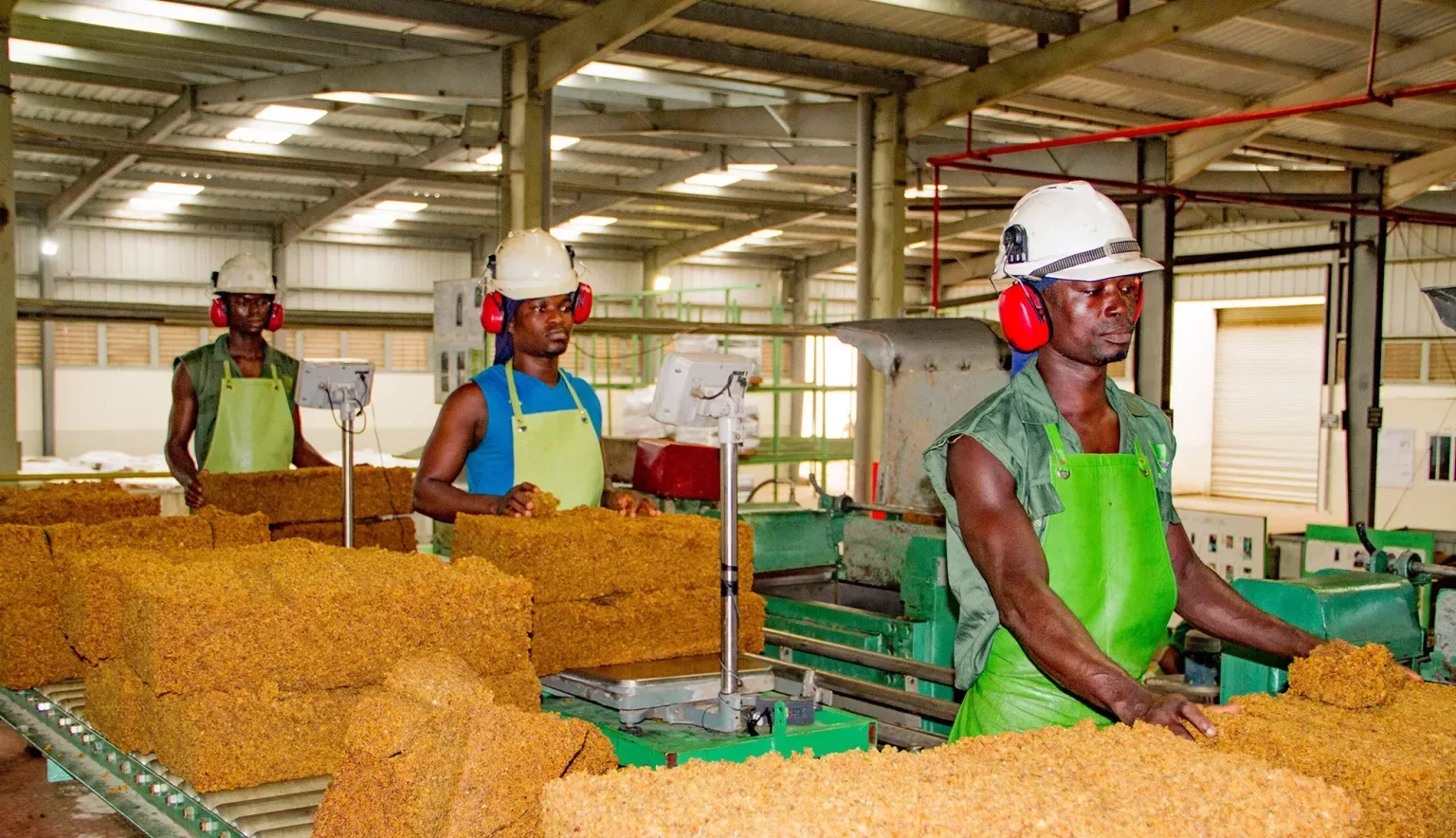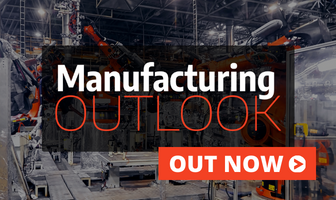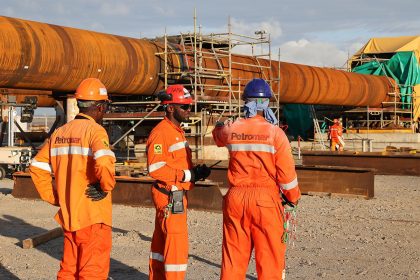Controlling 98 percent of the domestic rubber market, Ghana Rubber Estates Limited is the leading name in the Ghanaian industry.
INTRODUCTION
In 2020, around 12.7 million metric tonnes of natural rubber and 14.2 million metric tonnes of synthetic rubber were consumed globally. That’s a lot of rubber.
Having been used by humans for over 1,000 years, there are two different types of rubber: natural and synthetic. Both forms have a resistance to heat, chemicals, fluid and electricity which means it is a useful material for numerous applications. However, natural rubber’s beneficial properties outweigh the performance of synthetic rubber, while synthetic rubber is much easier to produce than natural rubber.
GREL ORIGINS
Dominating Ghana’s rubber industry is Ghana Rubber Estates Limited (GREL). The company is a rubber production firm that controls rubber plantations in the country, holding 98 percent of the domestic rubber market. GREL’s processing plant produces around 15 metric tonnes dry rubber content of rubber per annum.
Rubber was first introduced to Ghana in 1898 as an ornamental tree in a botanical garden in Aburi, near Accra. In 1930, some trial plantations were undertaken in the Western region and in the 1950s the first industrial plantation was set up there via a joint venture with a Danish company. Having been born as a collaborative effort between the Government of Ghana and US-based Firestone Tyre Company, the latter built a tyre factory, while the Government of Ghana established a rubber plantation. However, in 1981, the agreement with Firestone was withdrawn and GREL became a state enterprise.
In 1988, GREL rehabilitated the first 3,000 hectares and built a new processing plant. Four years later, it formed the Rubber Outgrower Purchases Unit to purchase rubber from external growers to whom it provided technical assistance and production inputs, before later becoming a private company in 1997.
In 1995, the first outgrower scheme called the Rubber Outgrowers’ Plantation Project (ROPP) was launched in order to increase GREL’s supply of raw material. The scheme has the support of the Government of Ghana, as well as development partners such as the French Development Agency, Germany’s Reconstruction Credit Institute, and the World Bank. The ROPP scheme includes 5,450 farmers with a total planted surface of about 21,500 hectares.
The scheme offers various benefits for the farmers and the buyer. Farmers have access to a guaranteed market, credit, high quality seedings and training on input use and new production techniques to improve production levels. Following the adoption of improved agricultural and management practices and access to improved planting materials and efficient assistance, farmers’ yields increased from 0.8 to two tonnes. In addition, GREL provides social infrastructure, such as school and village clinics to the neighbouring local communities.
As a result of the scheme, GREL can benefit from a steady supply of raw materials of the desired quality for its processing plant, meaning that the unitary production cost decreased, without investing in setting up or rehabilitating plantations. The key metrics of the success of the ROPP scheme are:
• Keeping a long-term business relationship made sense for farmers because they increased both the yields and the quality of the rubber produced and sold to GREL.
• Farmers had an adequate cash-flow as a result of prompt payments made by GREL and sound access to finance via ADB.
• GREL provided technical assistance and regular monitoring, through the collaboration of ROOA (the outgrower organisation).
In 1967, the Ghana Government undertook a joint venture with Firestone Tyre Company to take over the rubber plantation. Ultimately, this strategic partnership became Ghana Rubber Estates Limited. In 1980, GREL became state-owned when Firestone sold its shares in GREL to the Ghana Government. However, the Ghana Government entered into a financing agreement with the then Caisse Francaise de Development, now Agence Francaise de Development, to rehabilitate and manage the company’s rubber plantation and to build a new rubber processing plant at Hapimenim.
Following the rehabilitation in 1996, the French management company, SocieteInternationale d Plantation d’Hevea became the major shareholder of the company.
The Rubber Outgrower Plantations Project was initially launched in 1995. There have been three phases completed, with a fourth in progress.
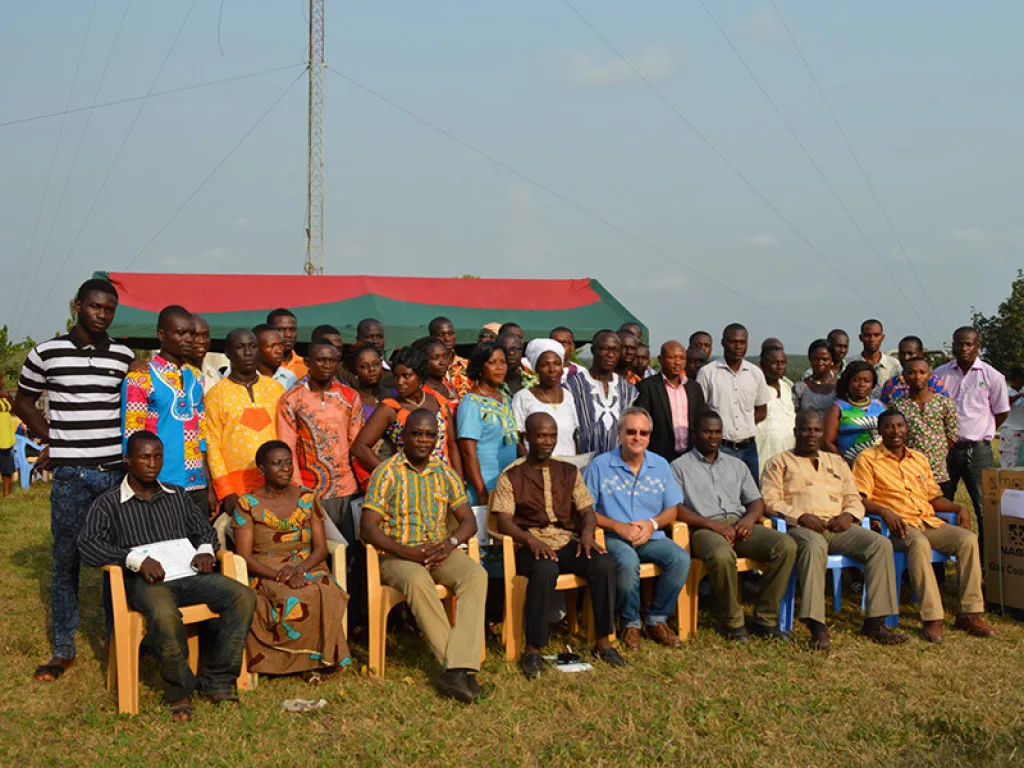
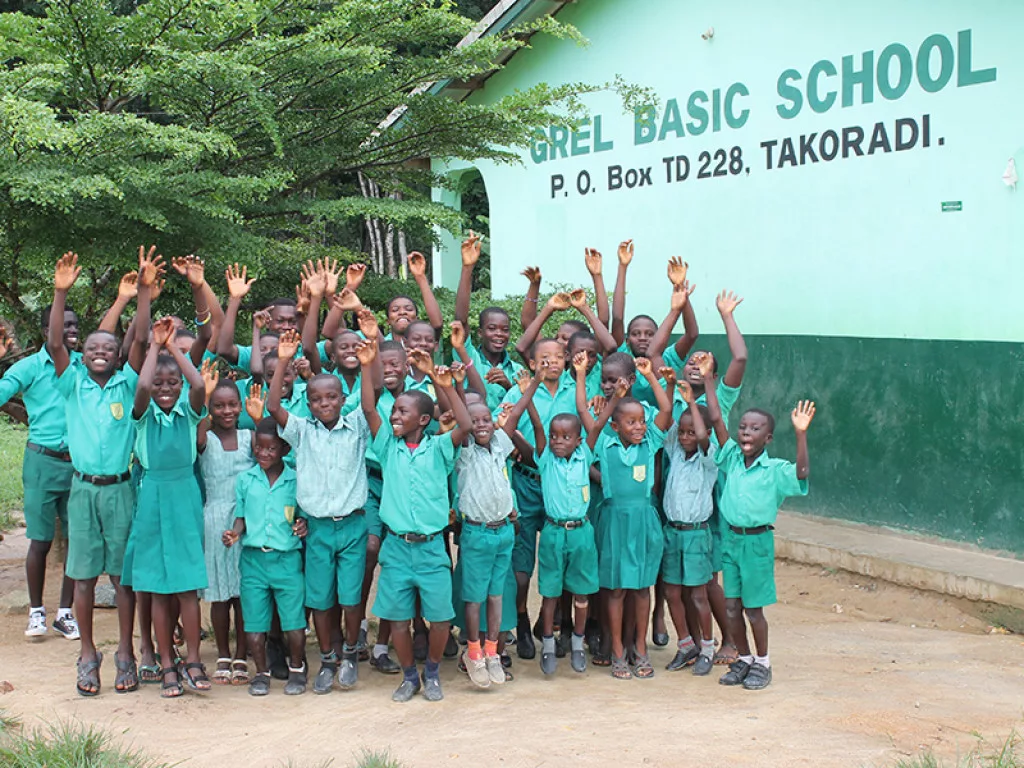
PHASE ONE
Launch: 1st January 1995.
Achievements
• 400 outgrowers were assisted to plant 1200.28 hectares during a five-year period instead of six years.
• To date, 3,500 hectares of old plantations of individuals and co-operatives have been rehabilitated as against the target of 1,300 hectares.
• Acquisitions from outgrowers averaged 2,000 tonnes drc per annum.
• 41 kilometres of roads were rehabilitated.
PHASE TWO
Launch: 14th September 2001.
Achievements
• 500 outgrowers were assisted to plant 2854.65 instead of 2,800 hectares over a five-year period.
• Rehabilitation of 20 kilometres of road achieved.
• The Rubber Outgrowers and Agents Association were organised to become a major stakeholder in the rubber industry through a contract agreement with Institution and Development, a non-governmental organisation.
• Research on outgrower fields entrusted to CIRAD. 83 trials, involving 73 outgrowersand 10 at the factory were put in place.
It was financed by AFD and Government of Ghana to the tune of €6.93 million.
PHASE THREE
Launch: January 2006.
Achievements
• 1,300 outgrowers assisted to plant 5887.42 hectares in Western Region.
• 500 outgrowers assisted to plant 1997.56 in Central Region.
• Cumulatively 1,800 outgrowers have been assisted to plant 7885 hectares.
The fourth phase is expected to involve 2,800 outgrowers to plant 10,700 hectares.
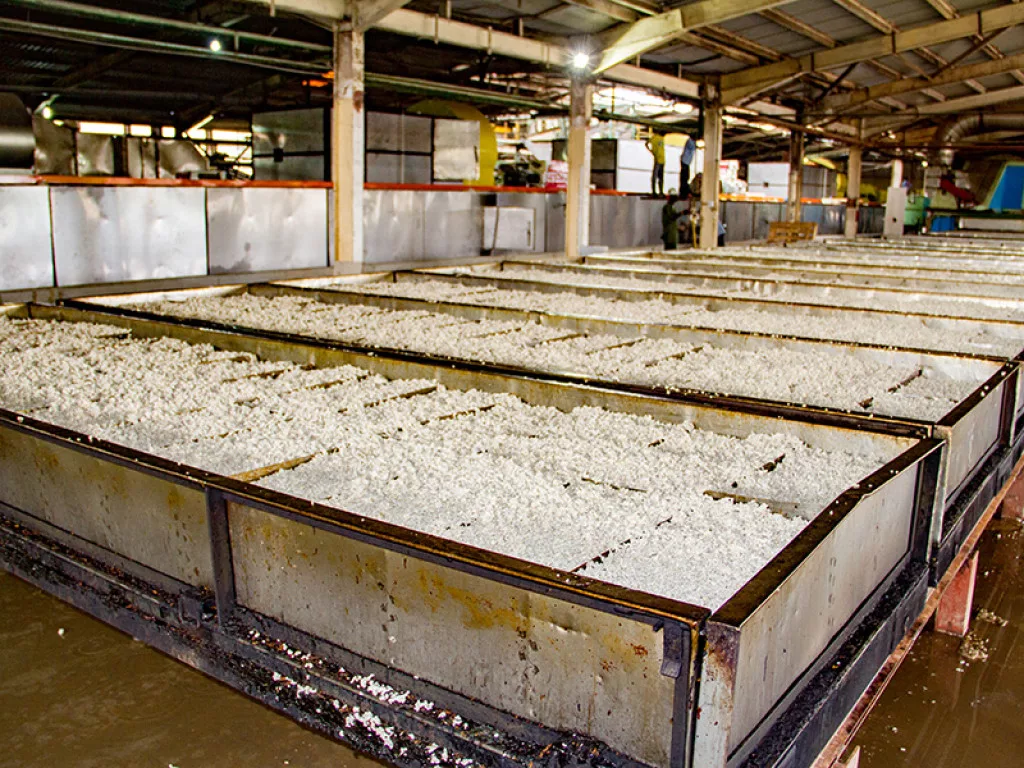
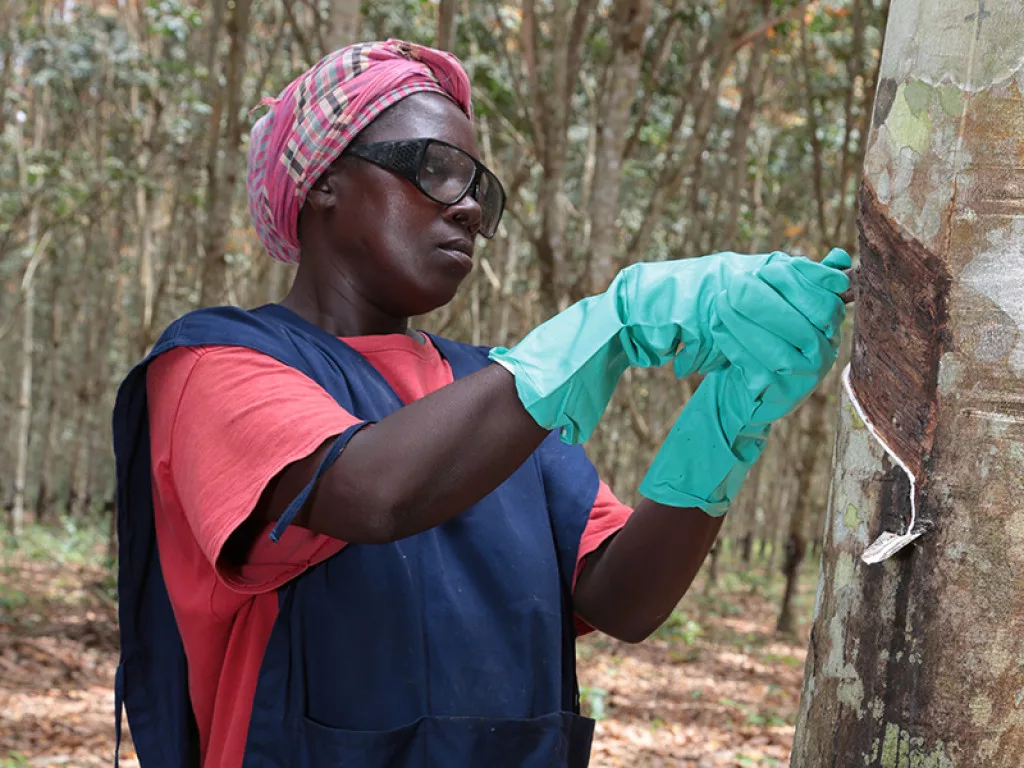
SOCIAL INITIATIVES
GREL positively impacts the Ghanaian economy through increased output for export as well as taxes both directly and indirectly. The company currently employs 544 people, with an additional 3,149 employed by contractors. The outgrower project benefits 3,500 farm families, supports employment and improves income levels and standards of living. As such, it is helping to reduce the urban drift and creates a source of livelihood for otherwise unemployed youths.
The company also assists the local communities in development programmes through ACLANGO (Association of Chiefs on whose land GREL operates). Some of these initiatives include the building of schools, town halls, public toilets, roads and electrification projects. GREL is also positively impacting Ghana’s educational system and has three first-cycle schools at Tsibu, Chavene and Nsauem with a plethora of kyekyewere. GREL has also constructed various schools and nurseries for some operational areas. In addition, GREL organises free vacation classes for children in its operational area and annually grants scholarships to 16 brilliant but needy children from these communities to further their education in second cycle institutions.
THE WAY FORWARD
In 2020, GREL opened a second rubber processing factory at Abura in the Ahanta West Municipality of the Western Region. The project, worth €24 million, was constructed within a year and has the potential to add value to around 75 percent of raw rubber produced by GREL for shipment to various clients within the supply chain globally. The new factory has also meant the arrival of 260 new staff, subsequently boosting the local economy substantially. The future of Ghana’s industry and for GREL looks bright.



